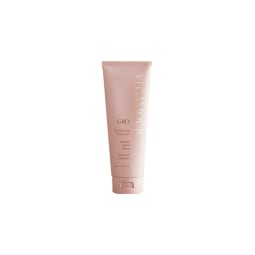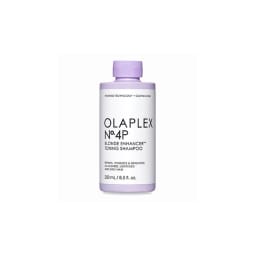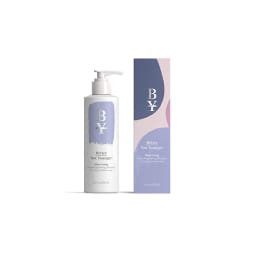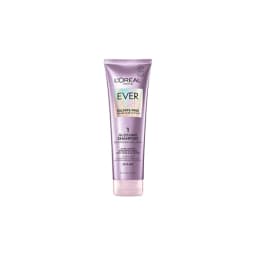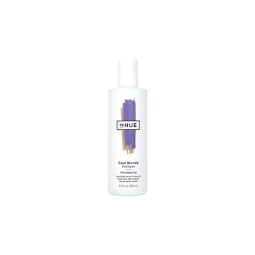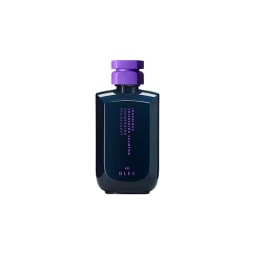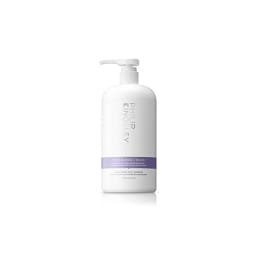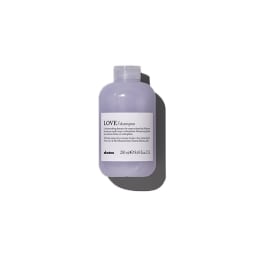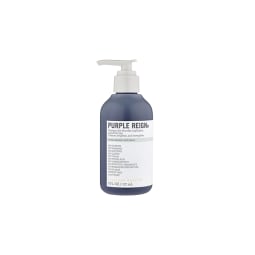So if you find yourself on that journey, you may have found that enhancing and caring for your gray hair takes some subtle differences. Including: what shampoo you select. Here’s a great place to start. But back to gray hair specifically: The first reason is that lighter hair hues (ahem, silver hair), can appear dull or brassy thanks to pollution, topicals, heat damage, and other stressors that can alter lighter shades. “Gray hair grabs what’s in the atmosphere, so it can turn yellow very quickly,” says Brown. I should note that these things also affect other hair colors, but they just are more noticeable on gray hair. To correct these subtle hue changes, professionals often recommend toning products—such as purple or blue shampoos. The second is that the fiber’s texture often changes, becoming more coarse and dry. As Brown explains to us, the pigment loss of the hair causes it to become more wiry. To address these changes, you should look for products that have conditioning agents (like botanical oils), gentle surfactants, and strengthening extracts (like proteins or amino acids). Finally, gray strands typically come with age (not always, but it’s more common), so you may want to address other sides of maturing hair. To do this you can look for ingredients that address hair density (if thinning is an issue) as well as antioxidants. Antioxidants neutralize free radicals and oxidative stress, which contributes to premature hair aging. “We use toners to enhance dull tones or cancel unwanted tones,” says hairstylist Natasha Speth. “When we are canceling unwanted tones, we refer to our faithful color wheel to select the proper tones. We would use complementary colors to cancel out unwanted tones.” The basics of at-home toning are using violet for yellow, green for red, or blue for orange. And since gray hair is more likely to turn yellow or brassy, folks should use purple and blue shampoos to correct these undertones. If you want more advice on using purple shampoo, check out our guide to the product. But a quick word of warning for all newbies: If this is your first time using purple shampoo, start with once a week or every two weeks—using your other sulfate-free shampoo during the other washes—and build up as needed. If you go overboard, you can stain your hair purple. (Don’t worry; it doesn’t last.) Ultimately how often you use it will be up to your needs, but start slowly until you find your ideal schedule. Our high standards also come from testing products—many, many products. Our editors and writers rigorously test and research the products featured in our roundups to offer you the best, most informed recommendations. When we write reviews, you can trust we spend quality time with the formulas: We don’t simply rave about products we’ve slathered on the back of our hand. We endorse products we’ve tried and loved. Learn more about our testing process and clean beauty standards here.












